-
Market Introduction
-
Definition
-
Scope of the Study
- Assumptions
- Limitations
-
Research Objective
-
Chapter
-
Research Methodology
-
Introduction
-
Primary Research
-
Secondary Research
-
Market Size Estimation
-
Chapter 4. Market Dynamics
-
Drivers
-
Restrains
-
Opportunities
-
Challenges
-
Chapter 5. Market Factor Analysis
-
Porters Five Forces Analysis
- Bargaining Power of Buyers
- Threat of Substitutes
- Intensity of
-
Bargaining Power of Suppliers
-
Threat of New Entrants
-
Rivalry
-
Value Chain Analysis
-
Chapter 6. Global Musculoskeletal System
-
Disorders Market, by Type
-
Introduction
-
Rheumatoid Arthritis
-
Osteoarthritis
-
Osteoporosis
-
Psoriatic Arthritis
-
Ankylosing Spondylitis
-
Fibromyalgia
-
Others
-
Chapter 7. Global
-
Musculoskeletal System Disorders Market, by Treatment
-
Introduction
-
Biologics
-
Corticosteroids
-
Physical Therapy
-
Extracorporeal
-
Shock Wave Therapy
-
Protein Therapy
-
Synthetic Bone Graft
-
Composite Grafts
-
Demineralized Bone Matrix
-
Others
-
Chapter
-
Global Musculoskeletal System Disorders Market, by End User
-
Introduction
-
Hospitals & Clinics
-
Ambulatory Surgical Centers
-
Others
-
Chapter 10. Global Musculoskeletal System Disorders Market, by Region
-
Introduction
-
Americas
- North America
- Latin America
-
Canada
-
Europe
- Western Europe
- Eastern Europe
-
Asia-Pacific
- Japan
- China
- India
- South Korea
- Rest of Asia-Pacific
-
Australia
-
Middle
-
East & Africa
-
Chapter 11. Competitive Landscape
-
Introduction
-
Market Share Analysis
-
Key Developments & Strategies
- Key Developments
-
Chapter 12 Company Profiles
-
AB Science
- Company Overview
- Financial Overview
- Treatments
- Key Developments
- SWOT Analysis
- Key
-
Offered
-
Strategies
-
AbGenomics International, Inc.
- Company Overview
- Financial Overview
- Treatments Offered
- Key
- SWOT Analysis
- Key Strategies
-
Developments
-
Alder
- Company Overview
- Financial Overview
- Treatments Offered
- Key Developments
- SWOT Analysis
- Key Strategies
-
Biopharmaceuticals, Inc.
-
Amgen Inc.
- Company Overview
- Financial Overview
- Treatments Offered
- Key Developments
- SWOT Analysis
- Key Strategies
-
Lexicon Pharmaceuticals,
- Company Overview
- Financial Overview
- Treatments
- Key Developments
- SWOT Analysis
- Key
-
Inc.
-
Offered
-
Strategies
-
LG Chem
- Company Overview
- Financial
- Treatments Offered
- Key Developments
- Key Strategies
-
Overview
-
SWOT Analysis
-
OrthoTrophix, Inc.
- Financial Overview
- Treatments Offered
- Key Developments
- SWOT Analysis
- Key Strategies
-
Company Overview
-
Tarsa Therapeutics, Inc.
- Company Overview
- Financial
- Treatments Offered
- Key Developments
- Key Strategies
-
Overview
-
SWOT Analysis
-
PhytoHealth Corporation
- Financial Overview
- Treatments Offered
- Key Developments
- SWOT Analysis
- Key Strategies
-
Company Overview
-
Eisai Co., Ltd.
- Company Overview
- Financial Overview
- Treatments Offered
- Key Developments
- SWOT
- Key Strategies
-
Analysis
-
Astellas Pharma Inc
- Financial Overview
- Treatments Offered
- Key Developments
- SWOT Analysis
- Key Strategies
-
Company Overview
-
AstraZeneca
- Company Overview
- Financial Overview
- Treatments Offered
- Key Developments
- SWOT Analysis
- Key Strategies
-
Baxter
- Company Overview
- Treatments Offered
- Key Developments
- SWOT Analysis
- Key Strategies
-
Financial Overview
-
GlaxoSmithKline
- Company Overview
- Financial Overview
- Key Developments
- SWOT Analysis
- Key Strategies
-
PLC
-
Treatments Offered
-
Others
-
Chapter 13. Appendix
-
References
-
Related Reports
-
-
LIST OF TABLES
-
Table
-
Global Musculoskeletal System Disorders Synopsis, 2020-2027
-
Global
-
Musculoskeletal System Disorders Market Estimates & Forecast, 2020-2027, (USD
-
Million)
-
Global Musculoskeletal System Disorders Market, by Region,
-
Global Musculoskeletal System Disorders Market,
-
by Type, 2020-2027(USD Million)
-
Global Musculoskeletal System Disorders
-
Market, by Treatment, 2020-2027(USD Million)
-
Global Musculoskeletal
-
System Disorders Market, by End User, 2020-2027(USD Million)
-
Americas:
-
Musculoskeletal System Disorders Market, by Type, 2020-2027(USD Million)
-
Table
-
Americas: Musculoskeletal System Disorders Market, by Treatment, 2020-2027(USD
-
Million)
-
Americas: Musculoskeletal System Disorders Market, by End
-
User, 2020-2027(USD Million)
-
Americas: Musculoskeletal System Disorders
-
Market, by Region, 2020-2027(USD Million)
-
North America: Musculoskeletal
-
System Disorders Market, by Type, 2020-2027(USD Million)
-
North America:
-
Musculoskeletal System Disorders Market, by Treatment, 2020-2027(USD Million)
-
North America: Musculoskeletal System Disorders Market, by End User,
-
Latin America: Musculoskeletal System Disorders
-
Market, by Type, 2020-2027(USD Million)
-
Latin America: Musculoskeletal
-
System Disorders Market, by Treatment, 2020-2027(USD Million)
-
Latin
-
America: Musculoskeletal System Disorders Market, by End User, 2020-2027(USD Million)
-
Europe: Musculoskeletal System Disorders Market, by Type, 2020-2027(USD
-
Million)
-
Europe: Musculoskeletal System Disorders Market, by Treatment,
-
Europe: Musculoskeletal System Disorders Market,
-
by End User, 2020-2027(USD Million)
-
Europe: Musculoskeletal System
-
Disorders Market, by Region, 2020-2027(USD Million)
-
Western Europe:
-
Musculoskeletal System Disorders Market, by Type, 2020-2027(USD Million)
-
Table
-
Western Europe: Musculoskeletal System Disorders Market, by Treatment, 2020-2027(USD
-
Million)
-
Western Europe: Musculoskeletal System Disorders Market,
-
by End User, 2020-2027(USD Million)
-
Eastern Europe: Musculoskeletal
-
System Disorders Market, by Type, 2020-2027(USD Million)
-
Eastern Europe:
-
Musculoskeletal System Disorders Market, by Treatment, 2020-2027(USD Million)
-
Eastern Europe: Musculoskeletal System Disorders Market, by End User,
-
Asia-Pacific: Musculoskeletal System Disorders
-
Market, by Type, 2020-2027(USD Million)
-
Asia-Pacific: Musculoskeletal
-
System Disorders Market, by Treatment, 2020-2027(USD Million)
-
Asia-Pacific:
-
Musculoskeletal System Disorders Market, by End User, 2020-2027(USD Million)
-
Middle East & Africa: Musculoskeletal System Disorders Market, by
-
Type, 2020-2027(USD Million)
-
Middle East & Africa: Musculoskeletal
-
System Disorders Market, by Treatment, 2020-2027(USD Million)
-
Middle
-
East & Africa: Musculoskeletal System Disorders Market, by End User, 2020-2027(USD
-
Million)
-
-
LIST OF FIGURES
-
Research Process
-
Segmentation of the Global Musculoskeletal System Disorders Market
-
Market Dynamics for the Global Musculoskeletal System Disorders Market
-
Global Musculoskeletal System Disorders Market Share, by Type, 2020
-
Global Musculoskeletal System Disorders Market Share, by Treatment, 2020
-
Global Musculoskeletal System Disorders Market Share, by End User, 2020
-
Global Musculoskeletal System Disorders Market Share, by Region, 2020
-
Americas: Musculoskeletal System Disorders Market Share, by Region, 2020
-
North America: Musculoskeletal System Disorders Market Share, by Country,
-
Latin America: Musculoskeletal System Disorders Market Share,
-
by Country, 2020
-
Europe: Musculoskeletal System Disorders Market
-
Share, by Country, 2020
-
Asia-Pacific: Musculoskeletal System Disorders
-
Market Share, by Country, 2020
-
Middle East & Africa: Musculoskeletal
-
System Disorders Market Share, by Country, 2020
-
Global Musculoskeletal
-
System Disorders Market: Company Share Analysis, 2020 (%)
-
AB Science:
-
Key Financials
-
AB Science: Segmental Revenue
-
AB Science:
-
Regional Revenue
-
AbGenomics International: Key Financials
-
Figure
-
AbGenomics International: Segmental Revenue
-
AbGenomics International:
-
Regional Revenue
-
Alder BioPharmaceuticals: Key Financials
-
Figure
-
Alder BioPharmaceuticals: Segmental Revenue
-
Alder BioPharmaceuticals:
-
Regional Revenue
-
Amgen: Key Financials
-
Amgen: Segmental
-
Revenue
-
Amgen: Regional Revenue
-
Lexicon Pharmaceuticals:
-
Key Financials
-
Lexicon Pharmaceuticals: Regional Revenue
-
Figure
-
Lexicon Pharmaceuticals: Key Financials
-
LG Life Sciences: Segmental
-
Revenue
-
LG Life Sciences: Regional Revenue
-
LG Life
-
Sciences: Key Financials
-
OrthoTrophix: Segmental Revenue
-
Figure
-
OrthoTrophix: Regional Revenue
-
OrthoTrophix: Key Financials
-
Tarsa Therapeutics: Segmental Revenue
-
Tarsa Therapeutics:
-
Regional Revenue
-
Tarsa Therapeutics: Key Financials
-
Figure 39
-
PhytoHealth Corporation: Segmental Revenue
-
PhytoHealth Corporation:
-
Regional Revenue
-
PhytoHealth Corporation: Key Financials
-
Figure
-
Eisai Co., Ltd.: Segmental Revenue
-
Eisai Co., Ltd.: Regional Revenue
-
Eisai Co., Ltd.: Key Financials
-
Astellas Pharma Inc :
-
Segmental Revenue
-
Astellas Pharma Inc : Regional Revenue
-
Figure
-
Astellas Pharma Inc : Key Financials
-
AstraZeneca: Segmental Revenue
-
AstraZeneca: Regional Revenue
-
AstraZeneca: Key Financials
-
Baxter International : Segmental Revenue
-
Baxter International
-
: Regional Revenue
-
Baxter International : Key Financials
-
Figure
-
GlaxoSmithKline plc: Segmental Revenue
-
GlaxoSmithKline plc: Regional
-
Revenue
-
GlaxoSmithKline plc: Key Financials

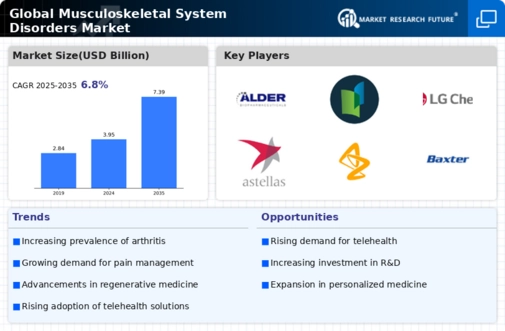
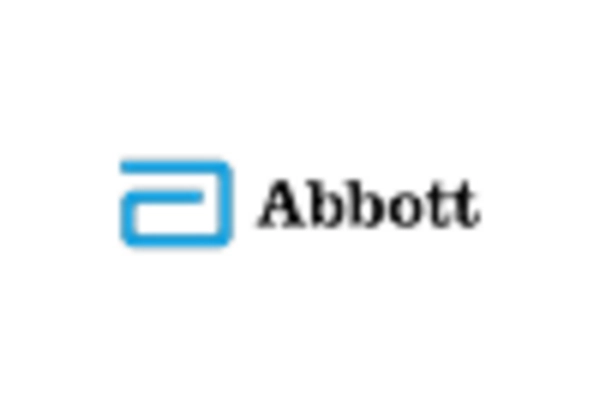
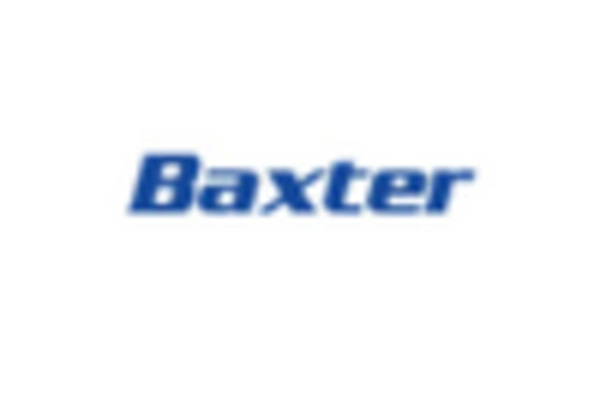


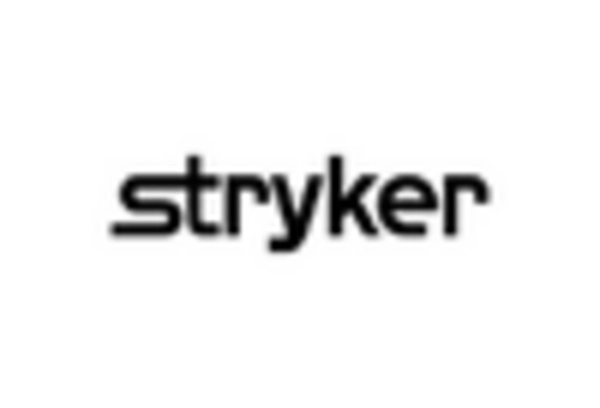
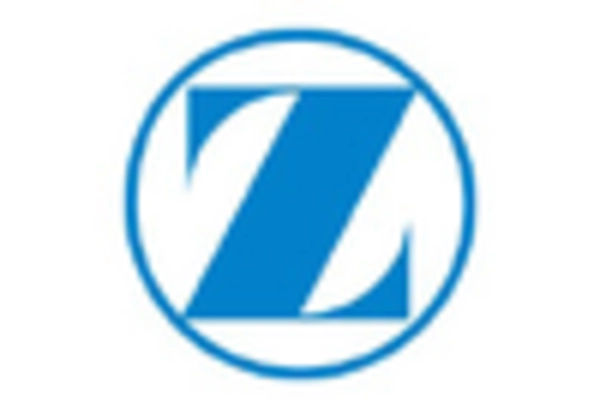









Leave a Comment